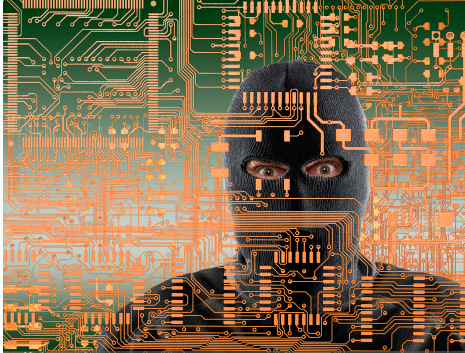Telecom & Technology Consulting

Ransom isn’t the same as it used to be. In the past there were kidnappings, secret hideouts and negotiations between the good guys and the bad guys. Now we have ransomware, a term that describes how a computer is first infected, then its data encrypted, with the “kidnapper” threatening to destroy the data unless they’re paid a lot of money.
Ransomware isn’t a new by any stretch. But according to security provider Carbon Black, ransomware attacks increased by 50% in 2016. What’s the reason for the surge in attacks?
As Dmitri Alperovitch, CTO of CrowdStrike told SearchSecurity: “For many years it’s been possible for hackers with a new piece of malware to go to botnet owners and do a pay per install to distribute their ransomware; now, ransomware authors are able to deploy their own botnets and get immediate payoffs. No need to get clicks, it’s just a guaranteed success.”
That’s why ransomware attacks will only increase. Cybercriminals walked away with over $1 billion in 2016, with confidence increasing so much that they’re now threatening to cripple utilities and factories that drive the economy. It can now be possible for water, sewage or electrical systems for major cities to go black due to a ransom-related cyber attack.
The problem, in many cases, is the paradox of the modern age: The internet that we’ve come to rely on can also be our weakest asset. In other words, critical computer systems and networks are connected to the internet, leaving businesses and organizations vulnerable to attacks from anyone with a connection.
Unfortunately, ransomware attacks are not just affecting large organizations and systems, but also small- and medium-sized businesses. And with hackers increasingly asking for five or six figure payments for these companies to recoup their data, the only choice may be to go out of business.
The good news is that companies of all sizes can take some preventative measures. First, it’s important to keep up with best practices regarding patching of operating systems and software. Other key fundamentals include updating malware protection and backing-up data each day.
Remember also that good security starts on the individual level. That means that anyone with any type of security access – those connecting to the network – needs to follow security protocols on connecting devices. These can be customers, partners, even suppliers.
But don’t forget about the most important segment – your employees. Rather than security being the topic of a one-day workshop, your team should be constantly educated with practical advice. Send tips and best practices via email and text, or post them on the company intranet. Make them aware that “personal” devices like smartphones and tablets are just as vulnerable to attack as official company devices.
No one wants to pay ransom, especially when the actual survival of your company is at stake. Be prepared.